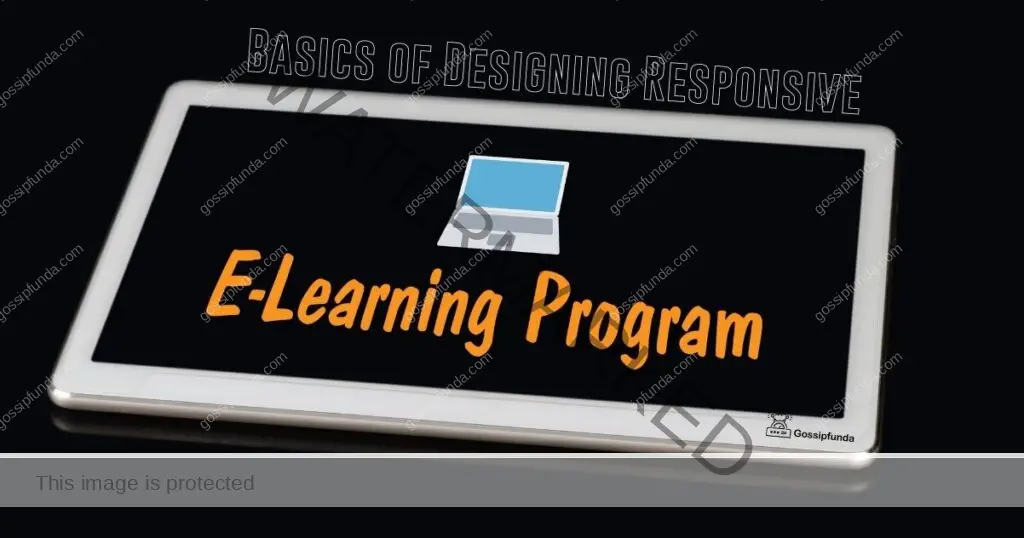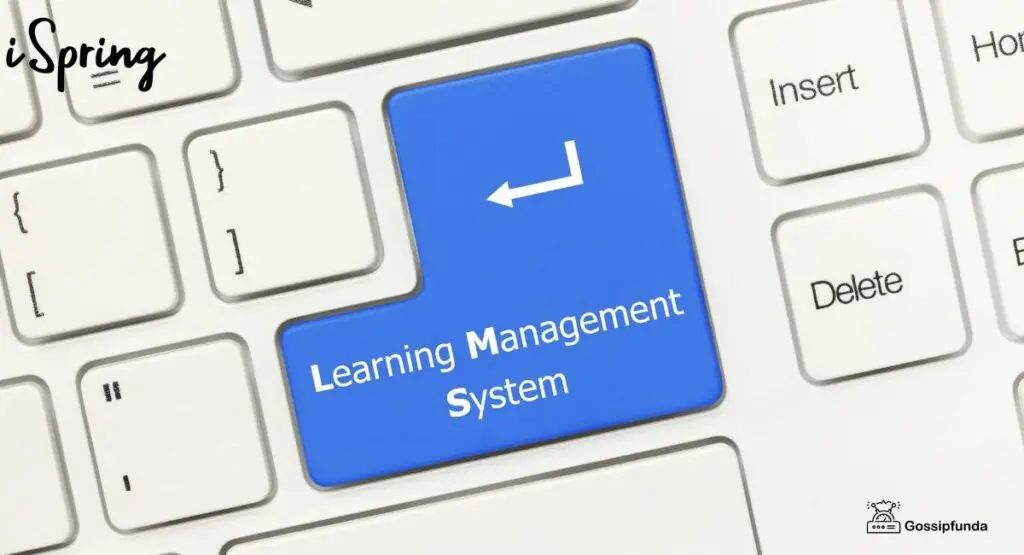The digital era has ushered in a transformative wave in the realm of education, leading to a surge in the desire to develop e-learning platforms. These platforms are not just about digitizing traditional learning methods; they represent a new frontier in accessible, flexible, and personalized education.
It is interesting to note that according to recent statistics, the e-learning market is expected to exceed $375 billion by 2026, reflecting the growing demand for digital learning solutions. In this growing market, companies such as Geniusee play a key role by leveraging their expertise in technology and education to create innovative e-learning solutions for enterprises, universities and other educational institutions.

What Are The Different Types Of eLearning Platforms?
Before diving into the development process, it’s crucial to understand the various types of eLearning platforms available. Broadly, they can be categorized into:
1. Courseware Platforms
These are designed to deliver specific courses online, often including assessment tools, content management, and progress tracking.
2. Learning Management Systems (LMS)
LMS platforms are more comprehensive, offering a framework to manage all aspects of the learning process, including documentation, tracking, reporting, and delivery of educational courses or training programs.
3. Corporate Training Platforms
Tailored for business environments, these platforms focus on training employees, improving skills, and professional development.
4. MOOCs (Massive Open Online Courses)
Platforms like Coursera or Udemy fall under this category, offering a wide array of courses to a large number of people across the globe.
5. Microlearning Platforms
These platforms focus on delivering short, targeted learning nuggets designed for quick consumption and understanding.
Don’t miss: Text mail subscriber reverse lookup
10 Essential Steps to Develop an e-Learning Platform
1. Define Your Niche
Start by identifying the specific audience your platform will serve. Are you focusing on K-12 students, university education, professional training, or hobbyist courses? Understanding your target audience’s needs and preferences is crucial. This involves market research, identifying gaps in existing offerings, and tailoring your content to meet these specific needs.
2. Set Clear Learning Objectives
Every course or module on your platform should have a clear learning objective. What should learners know or be able to do after completing a course? These objectives guide the content creation process and help in structuring the course effectively. They also provide a way to measure the success and effectiveness of your courses.
3. Choose the Right Technology Stack
Selecting the appropriate technologies is critical for building a robust and scalable e-Learning platform. This includes deciding on a programming language, database, front-end tools, and whether to use cloud services. Consider factors like scalability, security, and the ability to integrate with other tools and systems.
4. User-Friendly Design
The design of your platform should prioritize user experience. A clean, intuitive interface helps in retaining learners. The design should facilitate easy navigation, with a layout that makes it simple to find courses, track progress, and access learning materials. It should also be accessible, catering to users with different abilities.
5. Create Engaging Content
The content is the heart of your e-Learning platform. Utilize various formats like videos, interactive slides, animations, and infographics to cater to different learning styles. Including quizzes, tests, and interactive elements can enhance engagement and retention. Content should be not only informative but also engaging and relatable.
6. Incorporate Learning Analytics
Integrating analytics tools can provide valuable insights into how learners interact with your platform. This data can help in understanding user behavior, preferences, and areas where they might struggle. These insights can be used to improve the platform and personalize the learning experience.
7. Ensure Mobile Compatibility
With the increasing use of mobile devices for learning, it’s essential that your platform is mobile-friendly. This might mean optimizing your web platform for mobile use or developing a dedicated mobile app. A mobile-first approach can significantly increase accessibility and user engagement.
8. Implement Social Learning Features
Learning is often a social activity. Features like discussion forums, peer-to-peer networking, and group projects can enhance the learning experience. They encourage collaboration, discussion, and the sharing of ideas, making learning more interactive and enjoyable.
9. Test and Get Feedback
Before launching your platform, it’s crucial to test it thoroughly. This includes technical testing for bugs and usability testing to ensure the user experience is as intended. Gathering feedback from a beta testing group can provide insights into what works well and what needs improvement.
10. Continuous Improvement and Support
After launch, the development work isn’t over. Continuous improvement based on user feedback and technological advancements is essential. Providing strong customer support is also crucial in resolving any issues users may encounter. This approach ensures your platform remains current, effective, and user-friendly.
Developing an e-learning platform is a journey that combines technological innovation with a deep understanding of educational needs. It’s an opportunity to shape the future of education and make learning more accessible and effective for everyone. As you embark on this journey, consider collaborating with experts in the field.
Partnering with a company like Geniusee can provide you with the technical expertise, industry insights, and innovative solutions necessary to create a successful e-learning platform. Our experience in developing cutting-edge educational technology can help you navigate the complexities of this process and ensure that your e-learning platform stands out in the competitive digital education market. Let’s collaborate to build educational platforms that empower learners and educators alike, paving the way for a more knowledgeable and connected world!
My self Jean Acker, an SEO specialist. MS from the reputed college MIT. I am an innovative person, as well as have a sound interface with tech. Honestly, I easily supervise my meditations as well as my experimentation with Android and iOS.


